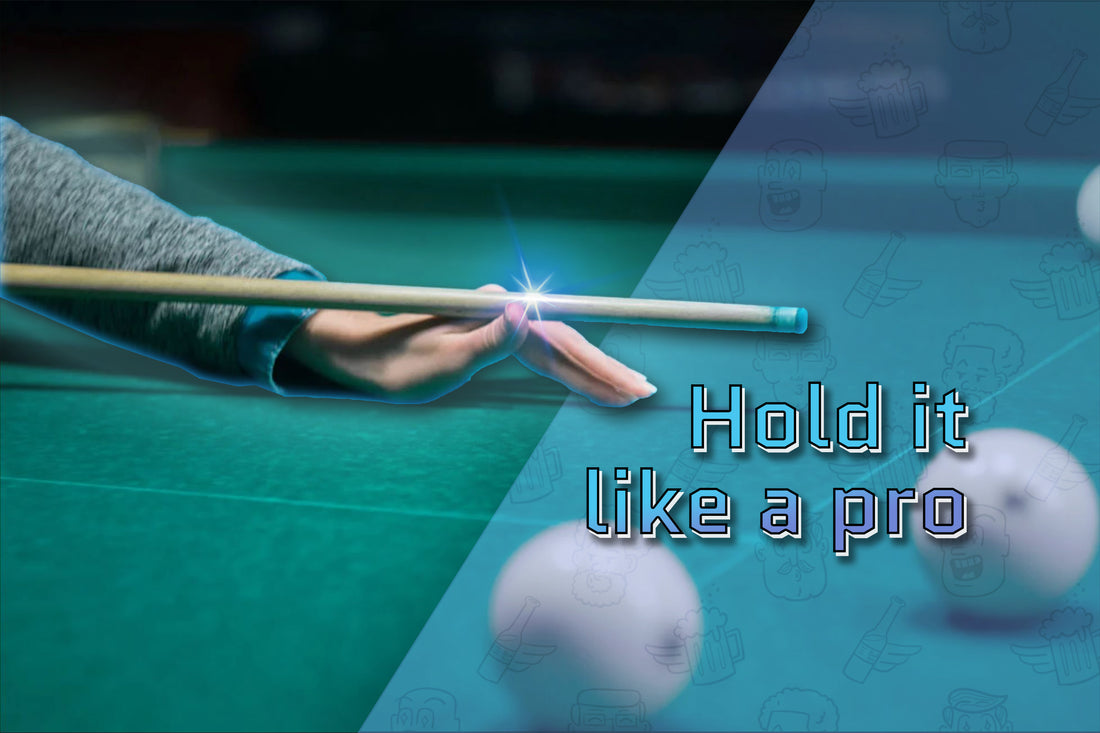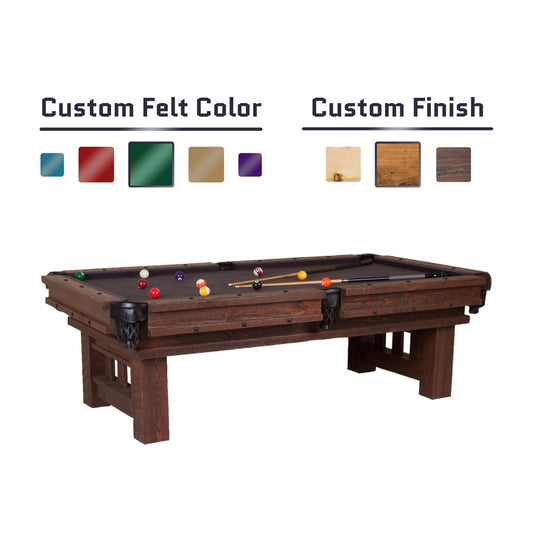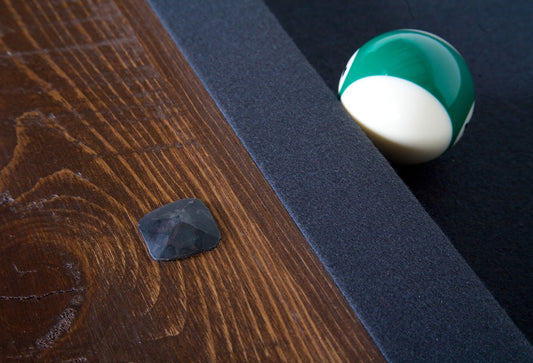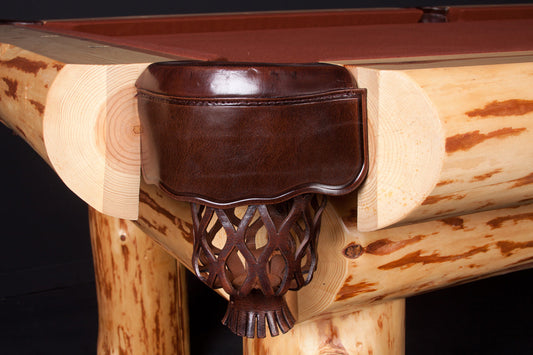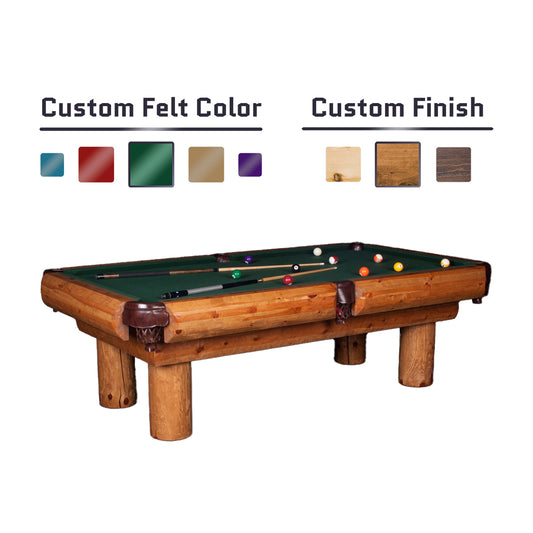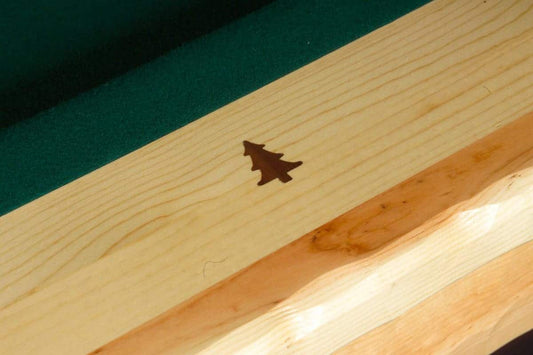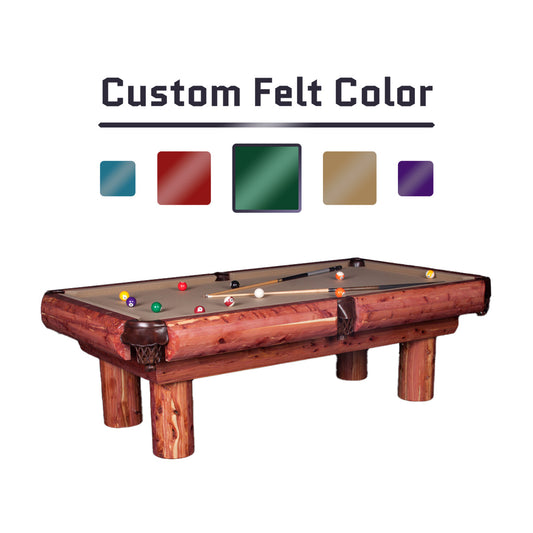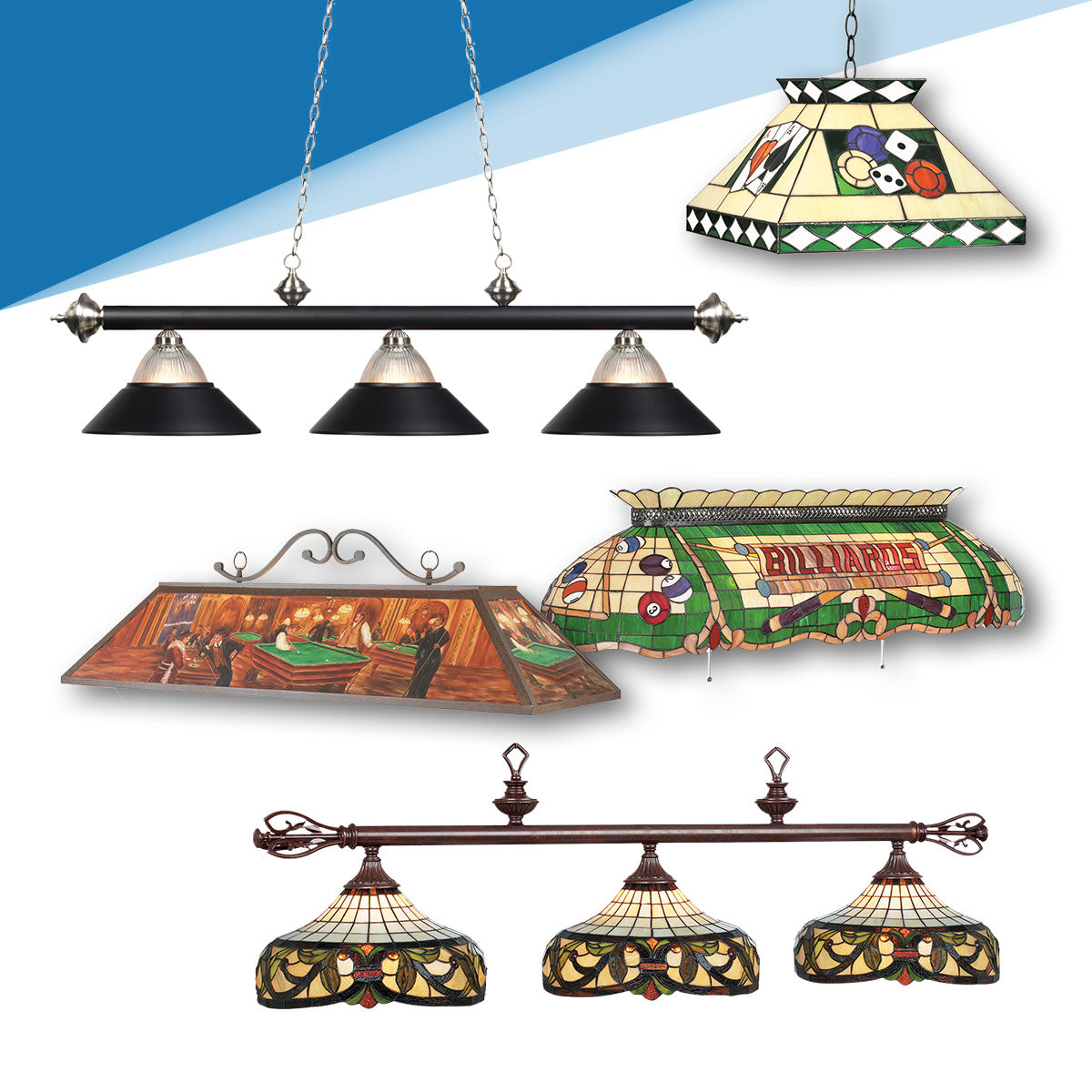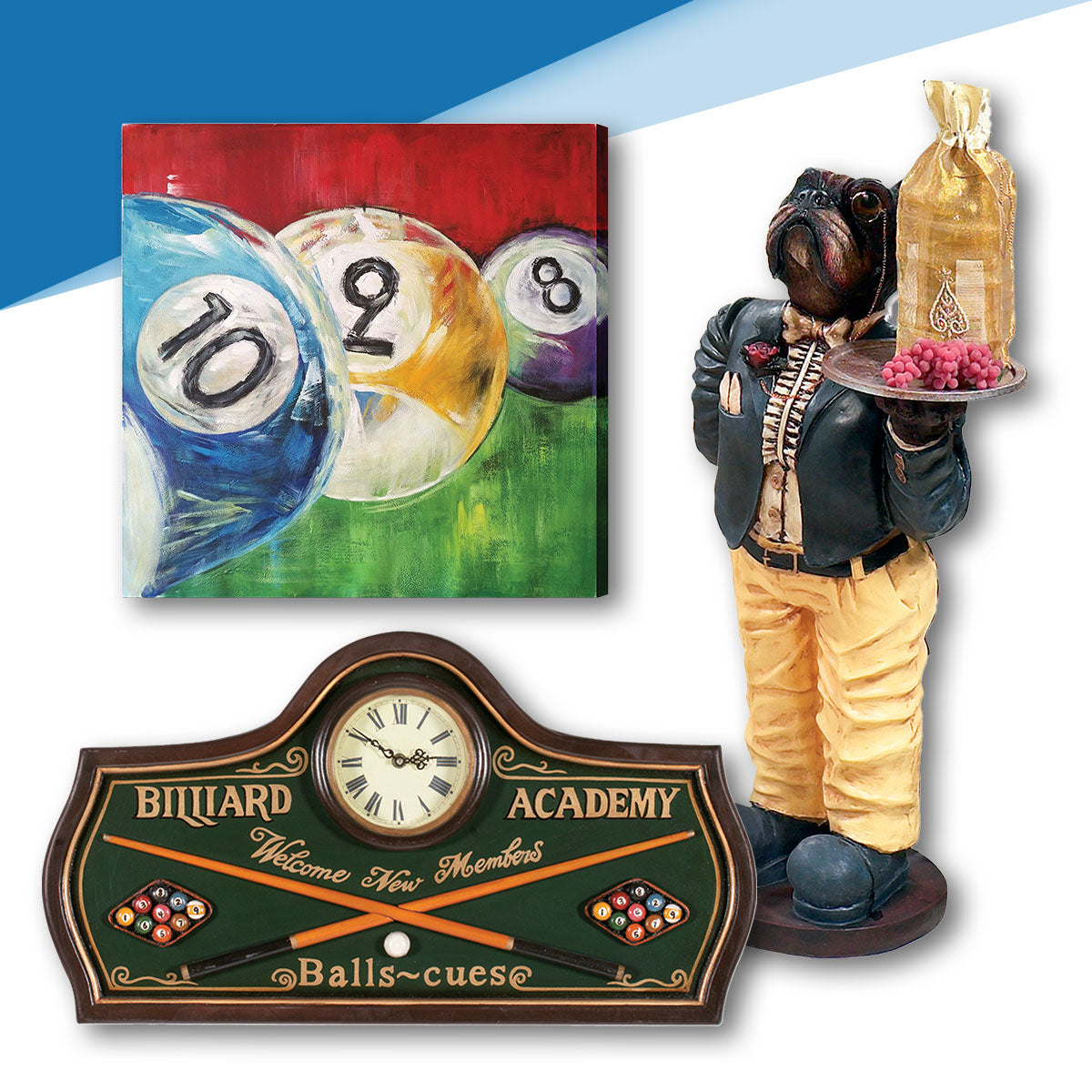Written by Daddy Cappuccino
6-minute read
Ah, playing a game of pool – it's a classic pastime that brings people together for friendly competition and good times. But, my friend, if you want to be a true pool aficionado, there's one skill you absolutely must master: how to hold that cue stick.
See, the way you grip your cue is like the handshake of the billiards world – it tells everyone you mean business. And believe me, it's not just about looking the part; it's about making those precision shots and sinking those balls with style.
In this dad-tastic guide, we're going to teach you the art of holding a pool cue like a seasoned pro. It doesn't matter if you're a newcomer or veteran looking to up their game – these tips are for everyone who wants to take their pool skills to the next level. So, grab your cue, chalk it up, and let's dive into the world of cue stick mastery.
Table of Contents:
- Grabbing the Butt
- Experiment with Grip Styles
- Maintaining the Right Amount of Tension
- Positioning for Success
- Focus, Follow-Through, and Visualization
- The Road to Cue Stick Mastery
1. Grabbing the Butt
The very first thing you need to do is grabbing the butt with your dominant hand. Like I already stated, it's like shaking hands with your trusty cue, and believe me when I say first impressions matter in the world of billiards.
Now, whether you're a seasoned pool shark or a newbie just getting your feet wet, finding the ideal grip is the foundation of your game. Your cue stick should feel like an extension of your arm, not a foreign object you're wrestling with. Here's how you do it:
First, place that cue right smack in the center of your palm. It's like you're cradling it, giving it a cozy home.
Next, wrap your fingers around it from below. Each finger should nestle snugly into its groove, like pieces of a puzzle coming together. Practice this grip until it feels as natural as your morning coffee routine.
Remember, you're not trying to strangle the cue; you're holding it with a firm yet gentle grasp. A death grip will only lead to tension, and trust me, tension is not your friend in the world of pool. So, find that sweet spot between too tight and too loose.

2. Experiment with Grip Styles
Now, everyone's hands are unique, like snowflakes or fingerprints. So, what works for one person might not be your cup of tea. That's why we're going to talk about experimenting with different grip styles.
Think of it as trying on different shoes – you've got to find the pair that fits just right. In this case, you're trying out different grips to see which one feels most comfortable and effective for you.
There are a few classic grip styles to explore, like the open bridge, closed bridge, or mechanical bridge (mainly reserved for those tricky shot almost impossible to deal with using your own hand). Each has its own flair and can influence your gameplay. It's like trying different tools in your workshop until you find the one that fits your hand like a glove.
So, don't be afraid to test the waters, my friend. Experiment, find your groove, and remember, the cue is an extension of you.

3. Maintaining the Right Amount of Tension
Alright, folks, we've got our grip down pat, and now it's time to talk about tension. You know, that delicate balance between holding your cue firmly enough to stay in control but not so tightly that you strangle the life out of it. Think of it as holding a baby bird – you don't want to crush it.
When you're gripping that cue, avoid turning your hand into a vice grip. Too much tension can lead to all sorts of trouble – wobbly strokes, inaccurate shots, and a game that feels like an uphill battle.
On the flip side, holding it too loosely is a recipe for disaster. That cue might just take flight, and the last thing you want is your opponent wondering if you've joined a juggling act.
So, how do you strike the right balance? Well, it's all about finding that Goldilocks zone – not too tight, not too loose, but just right. Your grip should be firm enough to control the cue's movement but gentle enough that it doesn't feel like a wrestling match.
Practice, my friends, practice. That's how you'll get a feel for the perfect tension. And remember, we're in this for the long haul, so don't rush. Alright, let's keep the ball rolling.
4. Positioning for Success
Now that you've got your grip and tension under control, it's time to talk about positioning. Picture this – you're like a sniper lining up the perfect shot. The right stance and position can be the difference between nailing that shot and scratching the cue ball.
First things first, ensure that the space between your feet is at least as wide as your shoulders. Having your feet at shoulder-width is fine for the break, but for most other shots, you’ll likely need a wider stance. It's like setting a solid foundation for a house; you want stability. Your dominant foot should be back, and your other foot forward. This stance gives you balance and control.
Next, bend your knees slightly. Think of it as getting ready to spring into action. This crouch helps you maintain balance while taking shots, especially those tricky, long-distance ones.
Your forward aka bridge arm/hand, the one that's not holding the cue, should be comfortably straight. It's like you're reaching out for a handshake – polite and assertive. This arm acts as your guide, keeping your cue on target and should be right under your dominant eye. This positioning ensures you're looking straight down the barrel, right at your target.
Your back hand, the one that actually holds the cue, is your control center. It should grip the cue lightly, like holding a bird - firm enough to keep it from flying away, but gentle enough not to hurt it. This hand adjusts the power of your shot and controls the final aim. Remember, a relaxed grip leads to a smooth and accurate shot.
Remember, pool is as much about physics as it is about skill. Positioning yourself correctly minimizes errors and sets you up for success.
5. Focus, Follow-Through, and Visualization
Alright, cue stick apprentices, we've covered a lot of ground, but we're not done yet. It's time to dive into the finer points – focus, follow-through, and the power of visualization.
Focus, my friends, is your secret weapon. When you're at the table, it's just you, the cue ball, and your target. Shut out the distractions, forget about what's for dinner, and lock onto that shot. Visualize the path of the cue ball, picture it sinking into the pocket, and watch your game soar.
Follow-through – it's not just for golf swings. After you've struck the cue ball, let that cue continue its journey smoothly, like a graceful ballet dancer finishing a move. A sloppy follow-through can ruin even the best setups. So, remember, complete the shot with style.
Visualization – close your eyes for a second and imagine the perfect game. See yourself sinking one ball after another, your opponent in awe of your skills. Believe it or not, what you visualize becomes a reality on the table.
Now, let's move on to...
6. The Road to Cue Stick Mastery
Congratulations, my cue-wielding comrades, you've come a long way on this journey. You've found your grip, experimented with styles, mastered tension, and perfected your stance. You've honed your focus, aced follow-through, and harnessed the power of visualization.
But remember, mastery isn't achieved overnight. It's a road that stretches into the horizon, one that's filled with challenges and triumphs. Keep practicing, keep learning, and never stop refining your game.
So, what's the final word on holding a pool cue? It's a bit like life, my friends. It's about balance – finding the sweet spot between control and freedom, tension and relaxation, focus and flow.
In pool, as in life, the journey is just as important as the destination. So, keep aiming for those pockets, stay true to your cue, and enjoy the ride. Whether you're a beginner or a seasoned pro, remember, every shot is a chance to improve.
🍻 Cheers to your billiards journey and see you in the next article!

